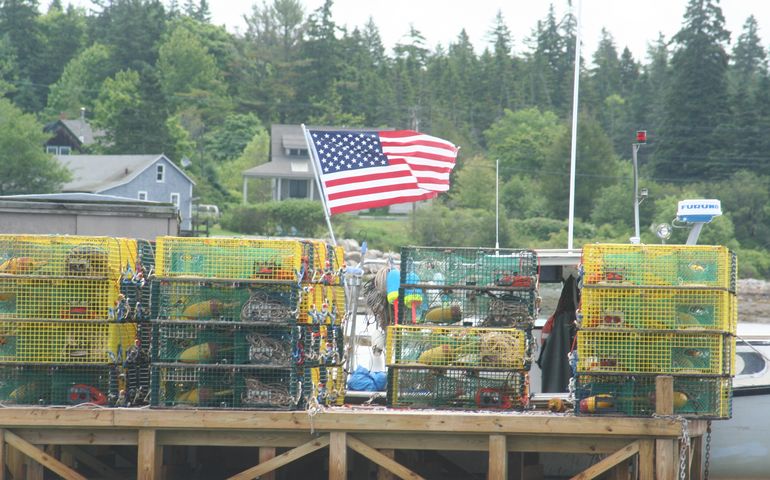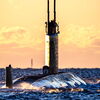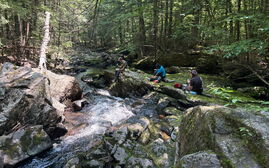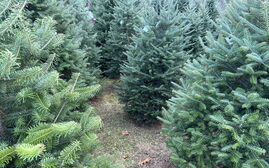Mills urges feds to suspend whale protection rule that could cost Maine millions
 File photo / Laurie Schreiber
Gov. Mills is urging the to Secretary of Commerce to suspend or delay a rule that imposes new requirements for marking and modifying lobster gear.
File photo / Laurie Schreiber
Gov. Mills is urging the to Secretary of Commerce to suspend or delay a rule that imposes new requirements for marking and modifying lobster gear.
A federal rule recently issued to implement new lobster fishing regulations is unfair to Maine lobstermen, Gov. Janet Mills said last week in a letter to Secretary of Commerce Gina Raimondo.
On Aug. 31, the National Marine Fisheries Service issued the Atlantic Large Whale Take Reduction Rule, which includes new requirements for gear marking and modification as well as a seasonal fishing ban across 967 square miles of offshore waters in the Gulf of Maine.
“It is entirely unfair that Maine lobstermen continue to be the primary target of burdensome regulations, despite the many effective mitigation measures they have taken and despite the data showing that ship strikes and Canadian fishing gear continue to pose significant risk to right whales,” Mills wrote.
Mills urged swift action by the service to reduce the “unnecessary economic harm” to Maine fishermen that she said the rule will cause.
“I don’t believe this rule, as written, should take effect at all, and, at the very least, I urge you to direct NOAA Fisheries to delay the rule’s implementation of gear marking and gear modifications (including both trawling up and insertion of weak points) to July 1, 2022,” she wrote.
Mills joined U.S. Sens. Susan Collins, R-Maine, and Angus King, I-Maine, and U.S. Reps. Chellie Pingree, D-Maine 1st District, and Jared Golden, D-Maine 2nd District, in opposing the rule.
Revenue loss
In her letter, Mills highlighted gear marking requirements that are “alarmingly different than what was in the proposed rule.”
Maine implemented a state-specific gear marking regulation in 2020 that provided flexibility to fishermen who move gear from offshore to inshore waters. After communicating with NOAA, Maine anticipated it would be reflected in the final rule. Instead, the final rule will require many fishermen to “purchase a second set of endlines,” wrote Mills.
She said the cost to fishermen for a second set of endlines is estimated to be over $9 million.
Revenue loss associated with the May 1, 2022, implementation deadline for required gear marking and modification will unfairly burden Maine fishermen, she said.
“Fishermen who fish year-round usually do not begin to rotate their gear inshore until May,” she wrote. “However, in order to meet the rule’s new requirements, fishermen anticipate a month or more of gear work to become compliant. Due to the NOAA deadline, gear will need to be brought back to port in March or April, when the price of lobster is very high.”
The expected loss from the implementation date, which was established without input from industry, is between $15 million and $25 million.
National Lobster Day
Mills’ letter went out just before “National Lobster Day” on Sept. 25.
The designation, established by a U.S. Senate bipartisan resolution sponsored earlier this year by Collins and King, is designed to recognize the economic and cultural importance of the species, which is a major economic driver for Maine.
Collins and King have sponsored similar legislation every year since 2015.
“This year marks the seventh annual National Lobster Day, a holiday that gives us the opportunity to celebrate the heritage of the lobster industry in Maine,” Marianne LaCroix, executive director of the Maine Lobster Marketing Collaborative, said in a news release.
Lobster is one of the most valuable catches in the U.S. In 2020, Maine lobstermen caught more than 96 million pounds of lobster, worth more than $400 million.














0 Comments